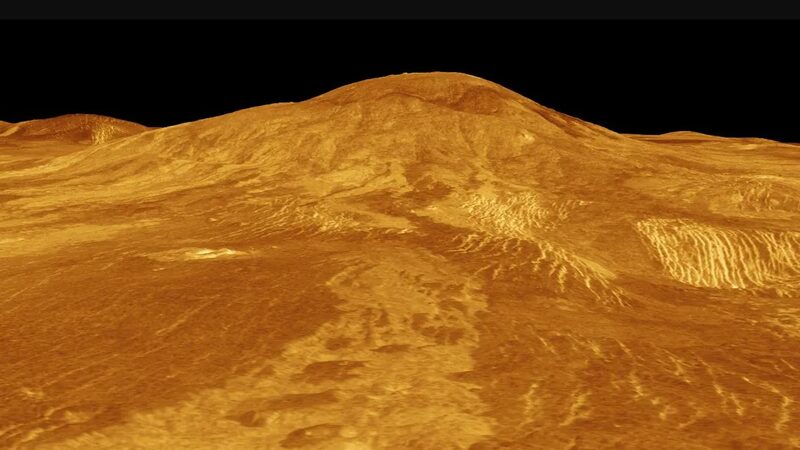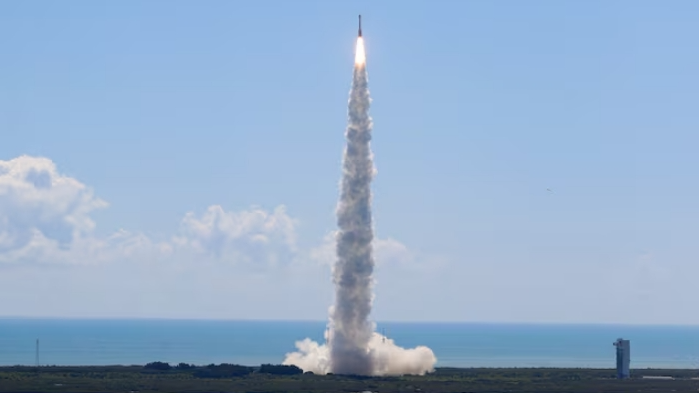New evidence from NASA’s Magellan mission has unveiled volcanic activity on Venus during the early 1990s, shedding light on the planet’s geologic past.
Scientists analyzing data from NASA’s Magellan spacecraft have identified two volcanoes on Venus that erupted in the early 1990s. This discovery provides significant insights into Venus’s geological activity and its evolutionary history.
The Magellan mission, managed by NASA’s Jet Propulsion Laboratory in Southern California, mapped 98 percent of Venus’s surface between 1990 and 1992. The images captured during this period remain the most detailed views of Venus to date.
Building on a historic 2023 revelation, researchers used synthetic aperture radar images from Magellan to detect changes in a volcanic vent associated with Maat Mons, one of Venus’s largest volcanoes near the equator. Comparisons of radar images over time revealed alterations caused by molten rock flowing from beneath the surface, filling the vent’s crater, and spilling down its slopes. This serves as the first direct evidence of recent volcanic eruptions on Venus.
Launched in May 1989, the Magellan spacecraft was the first to image Venus’s entire surface and made numerous discoveries about the planet’s geology. Even as it descended into Venus’s atmosphere and disintegrated in 1994, Magellan continued to collect valuable data.
Understanding active volcanism on Venus is crucial for scientists studying planetary evolution and habitability. The recent findings offer valuable perspectives on how Venus’s interior processes have shaped its surface and influenced its divergent path from Earth’s geological development.
This discovery not only enhances our comprehension of Venus but also underscores the importance of continued exploration and study of our neighboring planets. Such insights contribute to the broader understanding of planetary systems and the conditions that affect their potential to support life.
Reference(s):
cgtn.com







